Here we are at the midpoint between winter and spring, although the weekend forecast here in Vermont is for extreme below zero temperatures, we are at a turning point. From this point on, the days will continue to lengthen and the birds will begin to take their cues from the shifting landscape. These points in the year are opportunities to pause and notice, to take cues from the land, the birds, and ourselves.
I’m just finishing up the last week of this year’s Slow Birding Bird Families Course with a great group of women from all over the country. We’ve been setting the intention over the past few weeks to notice birds through the lens of taxonomy and we’ve used our Usual Suspects as a focal point in to do so. A Usual Suspect is a bird that you have an opportunity to get to know on a daily basis. From there we’ve branched out into understanding their scientific family and their family relations.
Our weekly discussions are filled with energy and curiosity as we share stories of what we’ve noticed. And each week, I tap into my love of guiding and facilitating, doing my best to empower each learner as an individual and the whole group as a collective, learning from each other. This week, I came away from our discussion almost vibrating because a couple participants had picked up on an invitation to notice that I had mentioned in our previous discussion. They in turn had set the intention to follow that prompt through. Here’s what my invitation was: I wondered out loud about following a chickadee after it takes a seed from a feeder and watching how it actually opens the seed.
This was a genuine wonder! I’ve never tracked a chickadee to watch that next step in feeding. Now, of course, one could just google “chickadees holding seeds” and I’m sure an answer would appear and maybe a picture or video. But think of the magic created when you discover this yourself. What does that discovery, that awe feel like? This is a core part of a Slow Birding practice - the art of inquiry.
Often I lay out gentle invitations during the discussion in the hopes of triggering further curiosity and deeper observation. They’re like breadcrumbs left behind for folks to pick up as they like. If I’m really on top of it, sometimes I lay them out like Hansel and Gretel, so that they lead to a bit of knowledge, a different way of knowing, maybe even a deeper connection.
The art of inquiry creates an open path for folks to embrace their own learning style and it empowers them as learners. I could unload gobs of knowledge and facts that come from my own experiences or from my own research about birds, but that’s not sticky. And what I mean by that is that it’s so much more impactful if I set up and model opportunities for discovery and awe. If I tell you right now in great detail how chickadees open seeds and I quote and link you to some research on the behavior, it’s likely that your baseline curiosity will be satiated and any further inquiry will just stop.
So, I’m not going to finish the story of the two women in my class who let their curiosity flow and noticed on their own what chickadee and titmouse do with the seeds they take from the feeder. I’m going to invite you to cozy up this weekend, fill the feeders, and notice for yourself.
Here are three simple prompts I use in my Intro to Slow Birding course that will help frame your observations. You can put them to use simply by saying them out loud and completing the sentence or by writing them in a journal to capture your observations. They are:
I notice…
I wonder…
It reminds me of…
Please come back and share your completed phrases in the comments below or launch into a full blown story about your observations! Tell me all about it!
“Let me keep my distance, always, from those who think they have the answers.
Let me keep company always with those who say “Look!” and laugh in astonishment, and bow their heads.
”

